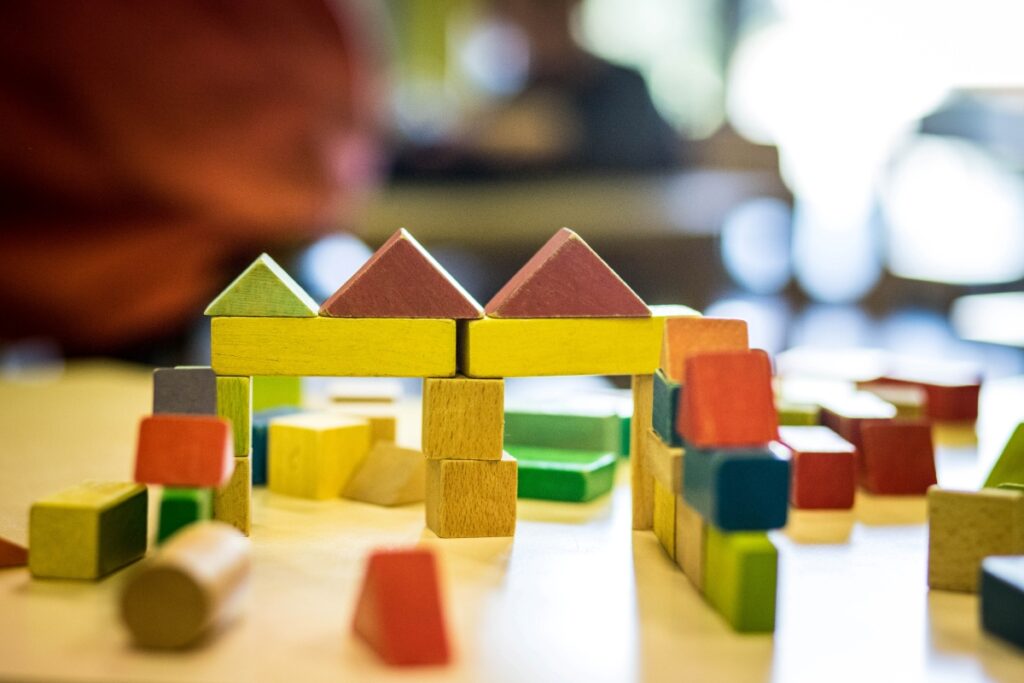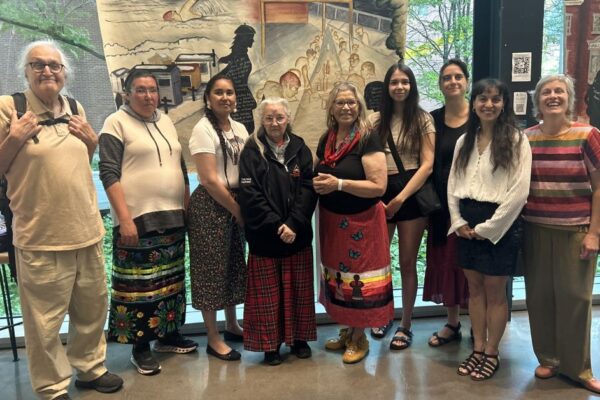- Research
Ways to counter possible biases against Indigenous children in youth protection.

LThe overrepresentation of Indigenous children in youth protection services is a known reality in both Canada and Québec. How can this be explained? Are these children assessed differently from non-Indigenous children when reports are made? If so, we need to question the factors at play in order to restore balance.
Mireille De La Sablonnière-Griffin, a professor at Institut national de la recherche scientifique (INRS), is interested in the well-being of Indigenous children and youth, particularly from the perspective of the social services that are or are not provided to them.
She and other fellow researchers, working closely with professionals from the First Nations of Quebec and Labrador Health and Social Services Commission (FNQLHSSC), examined comprehensive data to better understand the situation of First Nations children in youth protection. Their work, carried out over the past years, sheds light on these issues. It has been published in the International Journal on Child Maltreatment.

“Until now, we had little data on the risk factors identified by caseworkers to help us better understand the situation of First Nations children in youth protection.”
Mireille De La Sablonnière-Griffin, professor and member of the INRS-UQAT Joint Research Unit in Indigenous Studies.
To partially fill this gap, the team decided to take a closer look at data collected in 2014 as part of the Quebec Incidence Study (QIS) on youth protection cases. “The 2014 QIS is unique in that it covers all children who have been assessed in youth protection, not just First Nations children. It was therefore appropriate to use these figures for comparative purposes,” the researcher points out.
Data to be explored further
More specifically, the researchers examined three types of decisions made by caseworkers following a report: unfounded facts, in need of protection, and out-of-home placement. What did their analyses reveal?
First observation: With regard to reports assessed as “unfounded facts,” there is no difference between First Nations children and non-Indigenous children.
Second observation: First Nations children are at greater risk of being assessed as “in need of protection” than non-Indigenous children, even when no difficulties have been identified among the caregivers.
Third observation: Only First Nations children whose housing is considered overcrowded are more likely to be placed in out-of-home care.

“Our analyses show that characteristics observed in parental figures and in the living environments of First Nations children influence youth protection decisions in ways that are not seen in other children,” says Mireille De La Sablonnière-Griffin.
This work does not enable us to state that these are manifestations of racism or systemic discrimination, because other factors that we are unaware of may have been taken into account by the caseworkers in making their decision. However, given these differences, serious questions can be raised about whether biases persist in the services provided to these families.
Important considerations
These biases, the professor explains, could be a reflection of the colonialist policies that led to socioeconomic inequalities that still exist today.
“Indigenous communities generally have little control over these inequalities, which result in poverty and overcrowding among other things, since they stem from structural and historical conditions,” she adds. The Act respecting First Nations, Inuit and Métis children, youth and families (Bill C-92) has been in effect since January 1, 2020. Among other things, this law stipulates that the socioeconomic status of families cannot be the sole reason for putting children in care. According to the researcher, it is essential to document the current situation to ensure that the principles of the new law are being upheld.
For sustainable solutions
In addition to the importance of obtaining a recent snapshot of the situation as quickly as possible, there are other key messages to be gleaned from this work, according to Mireille De La Sablonnière-Griffin. On the one hand, these results can help foster better practices in youth protection. “It would certainly be useful to take them into account in the training of caseworkers, in order to make them aware of the biases that can influence their decision-making,” she says.
On the other hand, the professor adds that practices in the field are also the result of public policies that need to be fundamentally reviewed. These changes concern institutional and governmental settings.
“Let’s not forget that to this day, the Indian Act is still in force in Canada. It is a biased and abusive law that has created inequalities toward First Peoples and continues to do so,” she insists, adding that in such a complex system, youth protection services cannot solve everything.
Supporting the self-determination of Indigenous peoples
The team hopes that their work will serve to support the First Nations’ self-determination process.
“The communities have begun a process that acknowledges their right to govern themselves and enact their own youth protection laws,” says Professor De La Sablonnière-Griffin. “It is our duty to support them in this process. To do so, it is essential to understand current practices, document them, and make this knowledge available to them, always with a focus on co-construction and knowledge sharing.”
Related links:
De La Sablonnière-Griffin, M., Dion, J., Paquette, G. et al. “Child Protection Decision-Making Regarding First Nations Children in Quebec: Empirical Support for a Call for Systemic Change.” International Journal on Child Maltreatment 8, 2025, 83–112.



